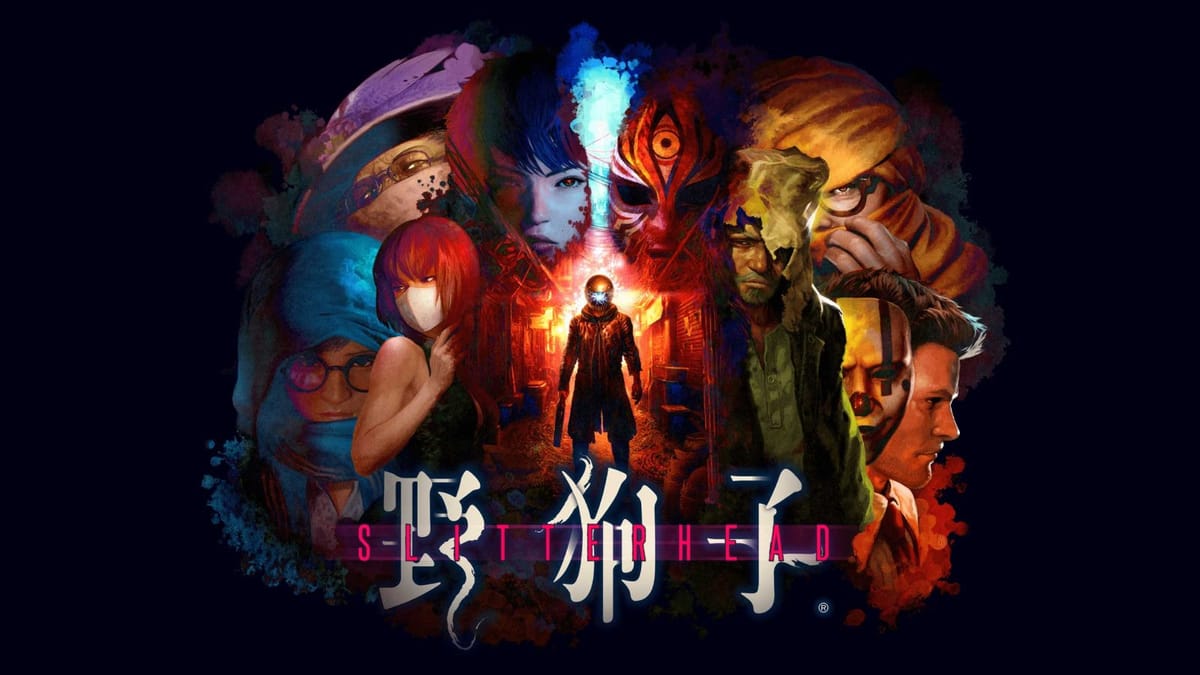
The name Keiichiro Toyama needs no introduction, especially after the recent release of Silent Hill 2 Remake from Bloober Team. Toyama-san is the director of the original Silent Hill from back in 1995, who left Team Silent to create the Siren and Gravity Rush series. He has since founded a new development team, named Bokeh Game Studio. Originally announced back in December 2021 at the Game Awards, Slitterhead will be the team’s debut project. My expectations were set quite high given the masterminds behind this new IP, but the blatant lack of budget and polish makes the overall package bleed too much.
First off Slitterhead is not your typical survival horror game, which is what you might expect coming from Silent Hill or Siren. It is predominantly an action combat experience that also contains stealth and horror elements. The game’s narrative is set in 1990s Kowlong Hong Kong, centered around the titular Slitterheads, a species of grotesque and shapeshifting monsters that can mimic humans. You play as Hyoki, a disembodied spirit, unraveling truths about its past while also eliminating antagonistic Slitterheads. Throughout the narrative, it becomes clear that not all Slitterheads are bad, and that coexisting with humans might not be a bad thing after all. The story itself is quite interesting, with some unexpected twists, turns, and even a time rewind mechanic.
This is not an open-world game. Instead, you embark on missions from a main hub menu. When you’re not on a mission, you can select intermissions to chat and “bond” with your recruited Rarity, which we’ll get into in a bit. These are nothing more than static visual novel panels with text dialogue displayed at the bottom of the screen. There’s no voice acting and no auto-play feature. In fact, 95% of the game is not voice acted, which is clear from the low budget of the overall game. All you get are the stereotypical anime murmurs and grunts that you hear from every Japanese game.
The gameplay mainly revolves around the concept of switching between and possessing various human bodies. Point being, if your current host is about to die, you can escape and possess someone else. Special agents, known as Rarities, inherit various special blood abilities that you can use to your advantage while in combat. Combat is executed in the third person perspective, and is very reminiscent of a classic real time action game. You have a light attack, a dodge, a block, a parry, and skills. You can actually get your arm severed off during gameplay, and you can either wait to regenerate it or just jump to a different host.
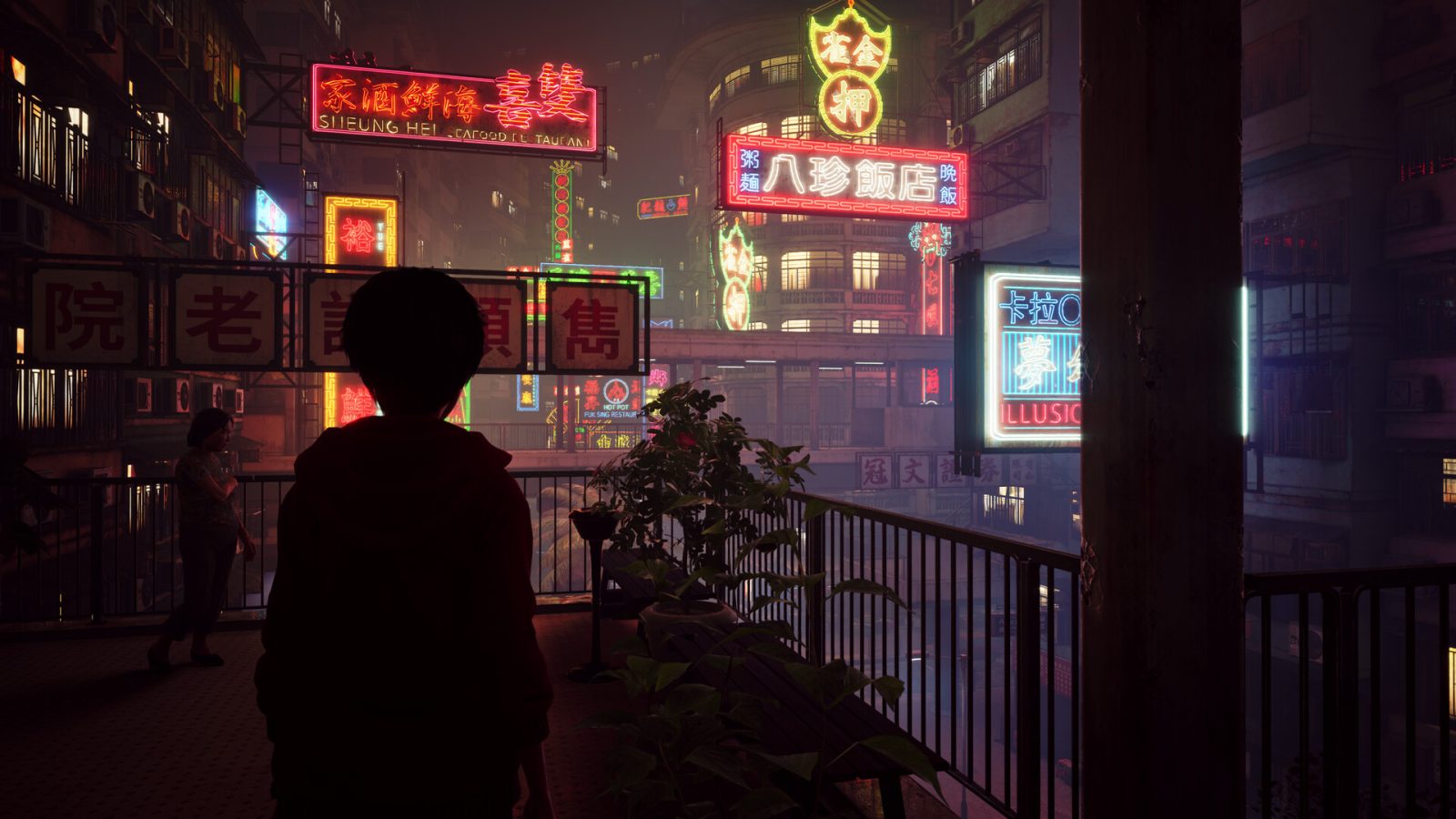
I’m not going to sugar coat it, but the entire combat system is clunky and cumbersome. The parry timing is insanely delayed and doesn’t work half the time whilst the dodge animation occurs too late and you get hit anyways. You can also get stunlocked by enemy attacks.
The previously mentioned Rarities serve as the ensemble cast of the narrative, which adds depth and multiple perspectives to the overarching plot. You can bring up to 2 Rarities on each mission, and every Rarity brings something different to the table. For example, Julee, your first Rarity, has the ability to revive surrounding humans as well as heal herself, whereas Alex can sacrifice large amounts of his health to deal explosive blows with his shotgun. Mission completion rewards you with experience points to spend on upgrading skills and passive abilities for your Rarities.
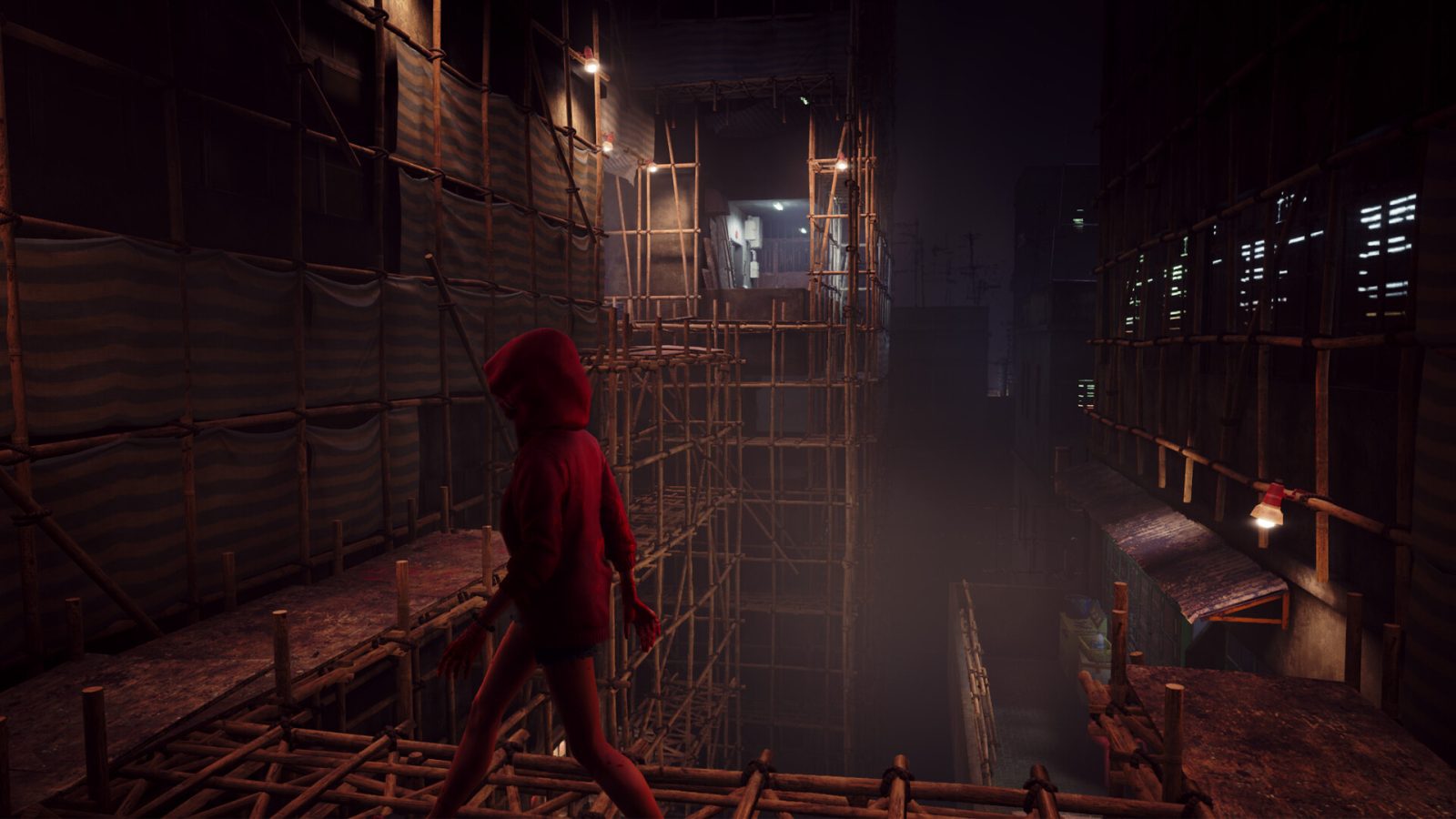
Gameplay extends beyond boring visual novel panels and clunky real time action combat. There’s also a mix of stealth and platforming, both of which drag the overall pace of the game down. Mandatory stealth sections force you to crouch and get from point A to point B without being seen. During these moments, you are unable to possess the humans that patrol the area. This makes absolutely no sense considering you play as a spirit that can possess any human to get wherever you need to go. The game actually has you jumping off a building to the death of your host just to jump to a different human at the last second at one point.
During action sequences, the Slitterhead monster you are combating will almost always run away, forcing you into a frustrating chase of cat and mouse for several minutes. Is this a Monster Hunter game? Lots of times these enemies will also jump to rooftops and force you to do a bit of platforming to get to them. Sure a few scripted chase sequences can break up the monotony, but the overuse of these makes gameplay a drag.
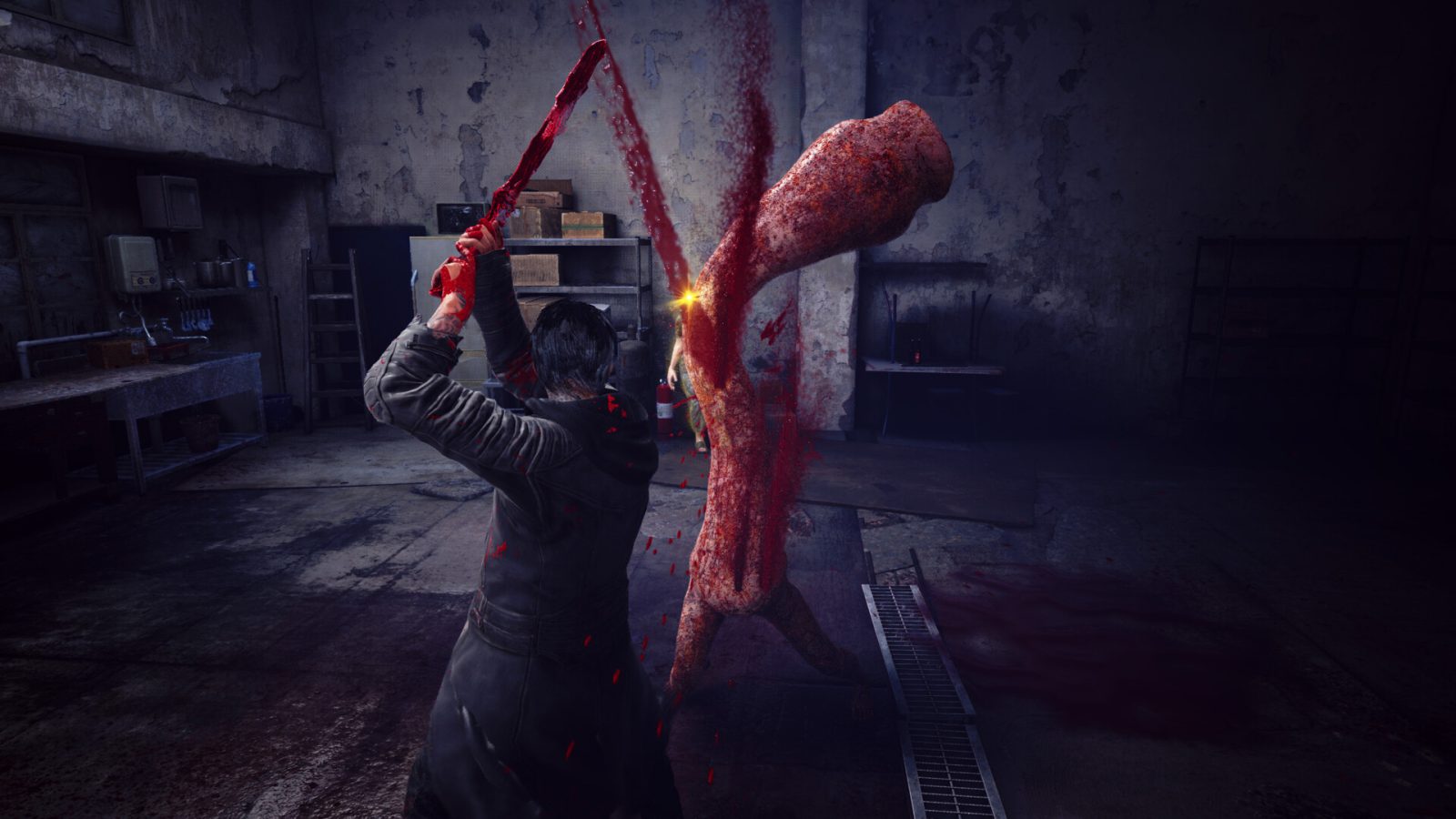
The game’s rendition of Kowlong is beautiful, with neon-lit streets and people going about their day, but the lack of side quests and interactive elements in the city make it a disappointment. Missions generally last for 15 – 20 minutes max, and then it’s rinse and repeat with the Intermissions and upgrades. The only exploration to do are some memory fragments and shrines that provide extra skill tokens and costumes for your Rarities.
When it comes to the game’s visuals, I don’t really have anything positive to say. The game looks terrible, especially for a 2024 title. Character models look like they were ripped straight out of the PS2-era, with stilted and inhuman facial animations. On top of the ugly graphics, there’s also a murky filter placed on top that makes the game almost blurry. That being said, I think the art direction of the game is phenomenal. Toyama-san credits Parasyte and Tokyo Ghoul as inspirations for the Slitterheads, and I can totally see that. The monster designs are disgustingly fleshy, and in a good way.
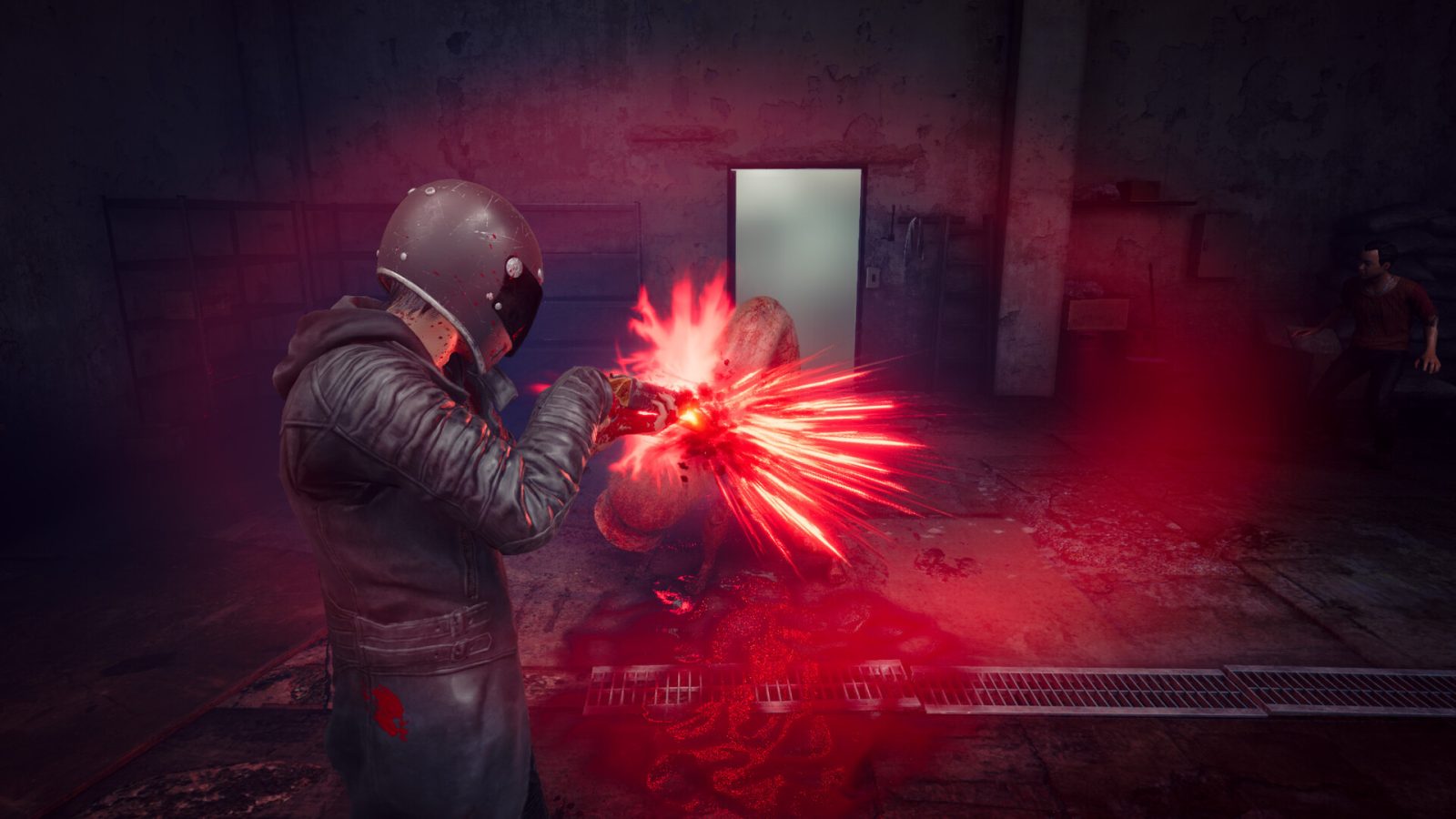
The only positive praise I have for the audio is that Akira Yamaoka is involved for the soundtrack, and he never misses. On top of that, the game’s soundscape features bustling city ambiance and Cantonese chatter that immerse you into the setting.
To my surprise, Slitterhead takes up 37.53 GB on the PlayStation 5, a lot more than I was expecting given the low visual quality of the game. Load times are pretty standard, coming in at 5-6 seconds from a fresh launch. The game offers 4 difficulty modes from the start: Easy, Normal, Hard, and Nightmare. Because of the clunkiness of the combat, I’d opt for Normal, unless you somehow mastered it from the get-go. There’s no performance or graphical modes but the overall performance of the game is solid, with a smooth 60 fps throughout.
Slitterhead
All Right
Slitterhead is the perfect definition of a game that doesn’t know what it wants to be. It falters in both the action combat category as well as the horror genre, resulting in a middling experience overall.
Pros
- Refreshing narrative concept
- Beautiful art direction and monster design
- Different Rarities can be fun at times
Cons
- Lack of budget is glaring
- Combat is clunky and imprecise
- Virtually no voice acting
- Poor visuals
- Frustrating stealth and platforming sections
